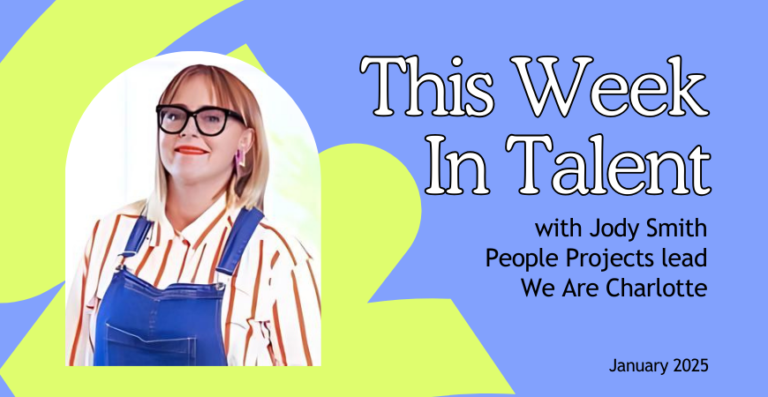Workplaces haven’t been designed for the type of diverse talent that organisations need to attract, retain and promote to achieve business goals. While there is a lot of discussion around improving diversity, equity, and inclusion (DEI) efforts in our recruitments processes, many companies have not come as far as they would like to have by now.
According to Gemma Saunders, founder of Workplace Edit (and ATC2022 speaker), a lack of robust data collection and analysis – and even an underlying lack of purpose – can stand in the way of meaningful measurement of DEI work. As gatekeepers to an organization, TA teams are the ones who have the opportunity to make a real difference for the company and, more importantly, for the candidates.
“The hiring stage is a recruiters first engagement with someone and a vital opportunity to build trust. We need to make each moment matter in the candidate journey,” says Gemma.
Here are Gemma’s 4 steps to build an approach that collects and uses data that can have a meaningful impact on inclusion efforts.
1. Start with the Why
Before you embark on any data collection initiative, you first need to understand why you need to collect that data. What will it be used for? How will this information help the candidate? How will it help your organization and society more broadly?
A good test is to ensure the anyone involved in the hiring process can explain why we ask certain questions and how we use that information.
2. Understand what data you could be collecting
This is the legal and compliance check. When dealing with people’s sensitive information, such as information about their race and ethnic origin, political opinions, or sexual orientation, you must always strongly consider your obligations and risks around collecting and keeping that data as per the privacy and legal considerations in your jurisdiction.
3. Understand what data you should be collecting
Just because we can ask for information, doesn’t always mean we should. You don’t need to jump straight to a process of collecting DEI data when a simple edit to your hiring process might achieve the same inclusion goal.
For example, instead of asking for gender or title (Mrs, Ms, Mx, Mr, etc.) you could simply ask an optional question about pronouns to ensure you avoid assumptions.
4. Establish how to ask, understand, and act on the data
This is where you’ll need to consider the experience an employee will have throughout their tenure at their experience and ensure that it is consistent. It’s not enough to know the mix of people, you need to understand how they are experiencing your practices and your company and show them how you are acting on these insights.

Looking for more ways to create change within your existing sphere of influence? Join us in Sydney on 9-10 November for ATC2022 and hear Gemma discuss The Inclusive Hiring Edit. If you’re looking to mitigate bias within your process and build inclusive experiences, this is a session you won’t want to miss.







